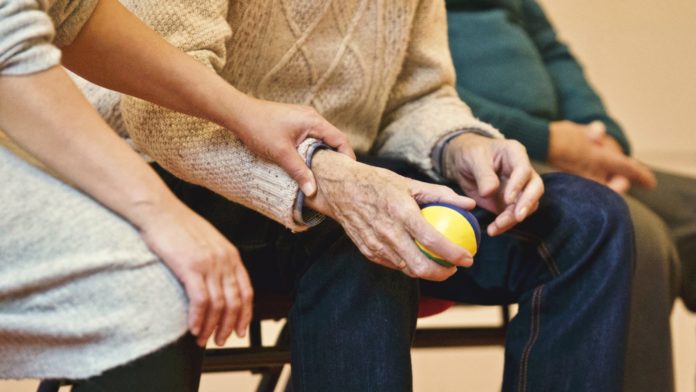Falls are a leading cause of accidental or unintentional injury deaths worldwide. Older adults suffer the greatest number of fatal falls and over 37 million falls are severe enough to require medical attention each year.
A review by the Cochrane Bone, Joint and Muscle Trauma Group, based at The University of Manchester UK, was conducted by a team comprising researchers from the University of Sydney in Australia and University of Oxford, UK, summarizes the results from 108 randomized controlled trials with 23,407 participants from across 25 countries.
The average age of the participants in the studies was 76 years old and three quarters of them were women. Eighty-one of these trials compared exercise (all types) versus a control intervention (doing no exercise or minimal gentle exercise that is not thought to reduce falls) in people living independently at home, in retirement villages, or in sheltered accommodation.
The review looked at two different ways of measuring falls. Firstly, they found that exercise reduces the number of falls over time by around a quarter (23% reduction).
This means that if there were 850 falls among 1000 older people doing no fall-preventive exercise during one year, there would be 195 fewer falls among people who were undertaking fall-prevention exercise.
They also found that exercise reduces the number of people experiencing one or more falls (number of fallers) by around a sixth (15% reduction). For example, if 480 out of 1000 people experienced one or more falls over 1 year, participating in exercise programmes would reduce the number of fallers by 72 people.
The review found that exercise programmes carried out in group classes or done at home prescribed by a health professional (such as a physiotherapist) or a trained exercise leader were effective. Exercises were mostly done while standing as this better enhances balance and the ability to do daily activities such as standing up from a low chair or climbing stairs. Some effective exercise programmes also used weights to make the exercises harder.
Author, Professor Cathie Sherrington from The University of Sydney, Institute for Musculoskeletal Health said:
“This evidence helps build an even stronger picture that exercise can help prevent older people having falls. It also illustrates which types of exercise can be beneficial. It is well known that keeping active promotes good health but this review pinpoints which types of exercise are more likely to be effective for preventing falls.”
“More work is needed to establish the impact of exercise on fall-related fractures and falls requiring medical attention because such falls have major impacts for the individual and are particularly costly to health systems. Further research is also required to establish the effectiveness of fall prevention programmes in emerging economies where the burden of falls is increasing more rapidly than in developed countries due to rapidly ageing populations.”
Dr Joanne Elliott from the University of Manchester and Managing Editor, said: “Over the years,our Cochrane Group has played a pivotal role in the generation of systematic reviews of the evidence for interventions for preventing falls in older people. This latest review reinforces the key role of exercise and, crucially, shows which types of exercise are more likely to be effective for preventing falls.”







